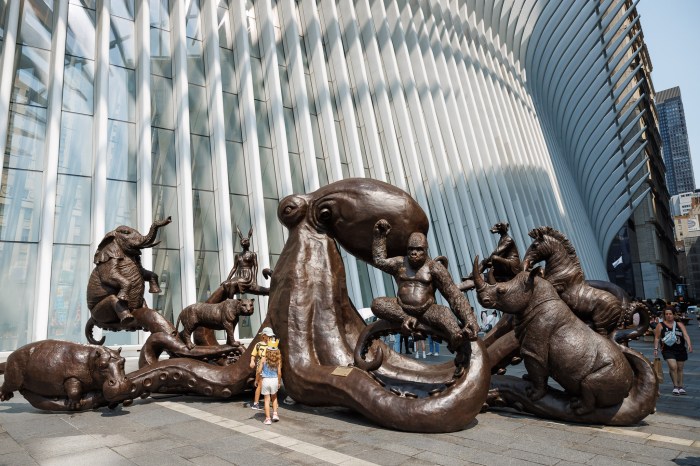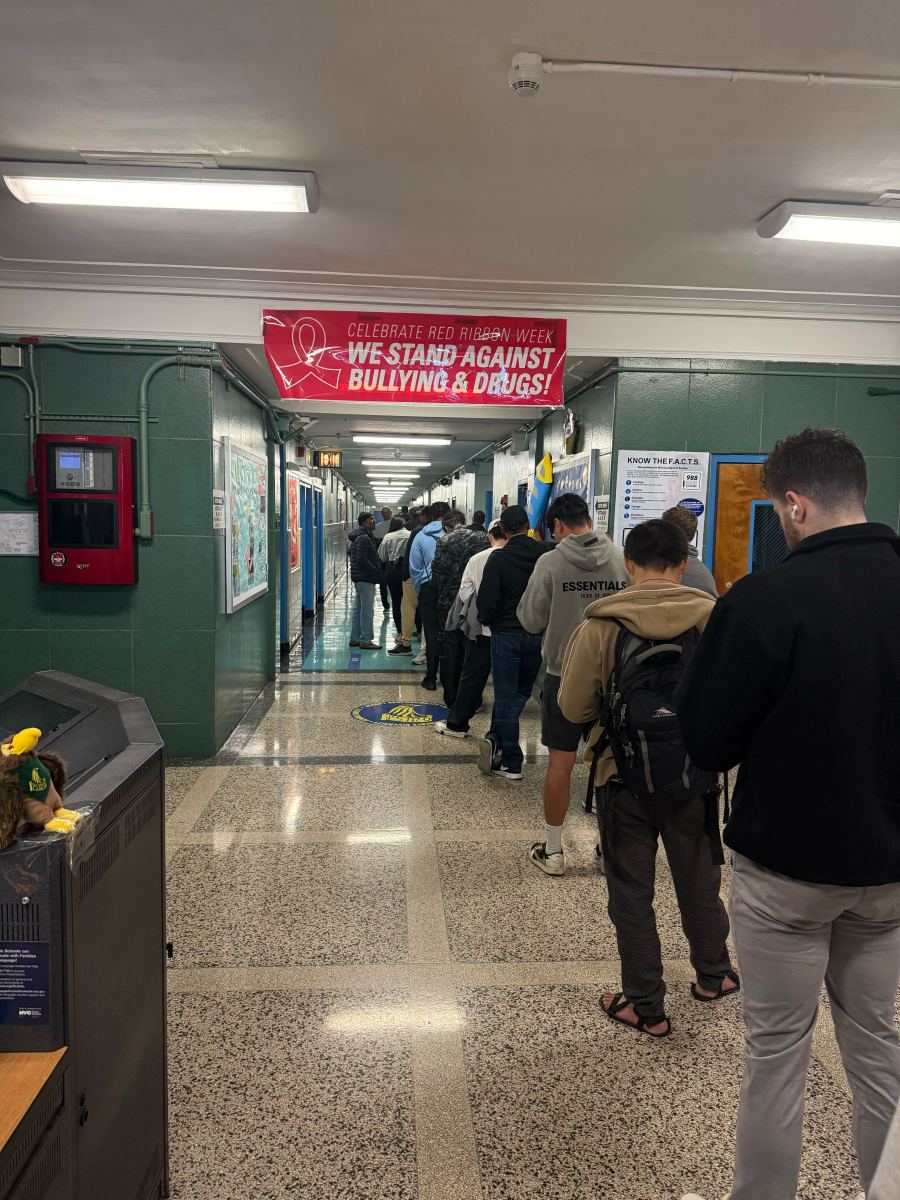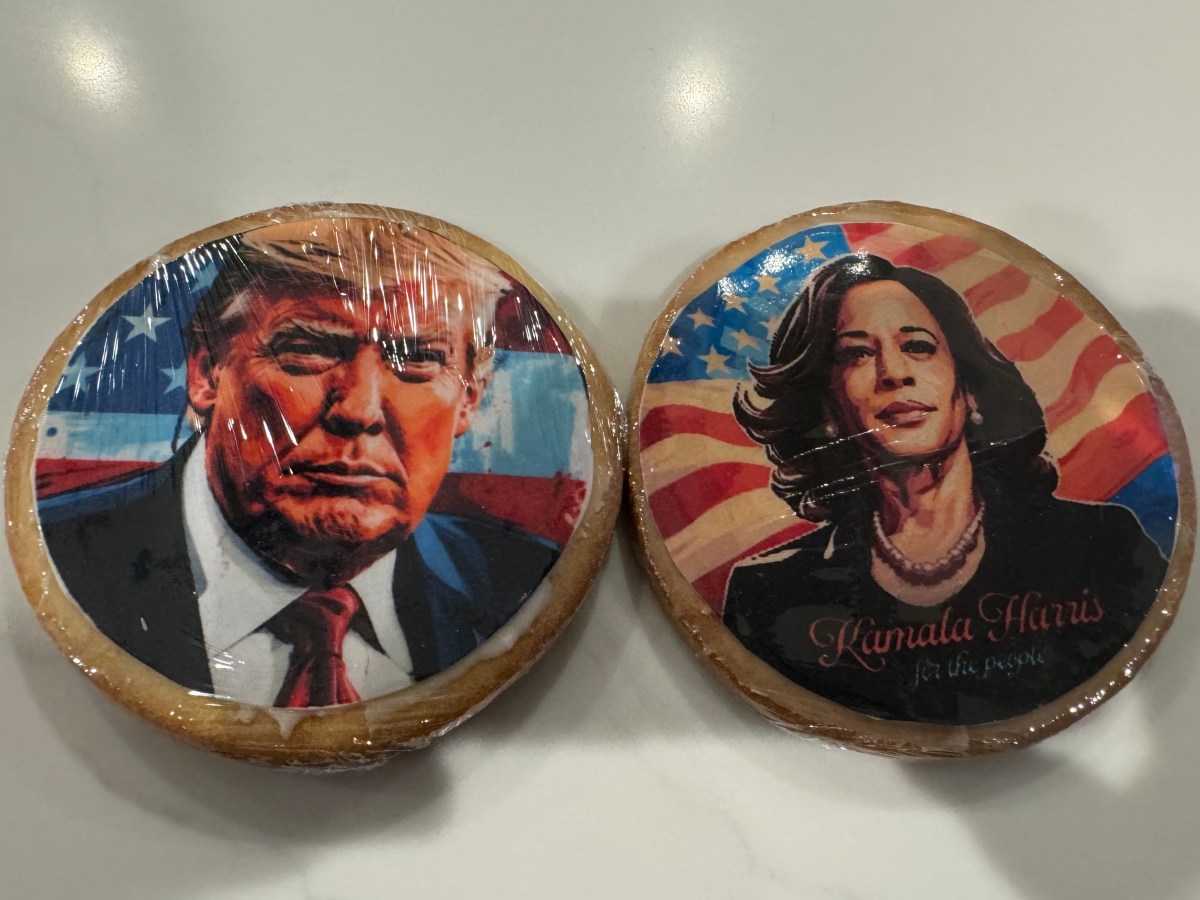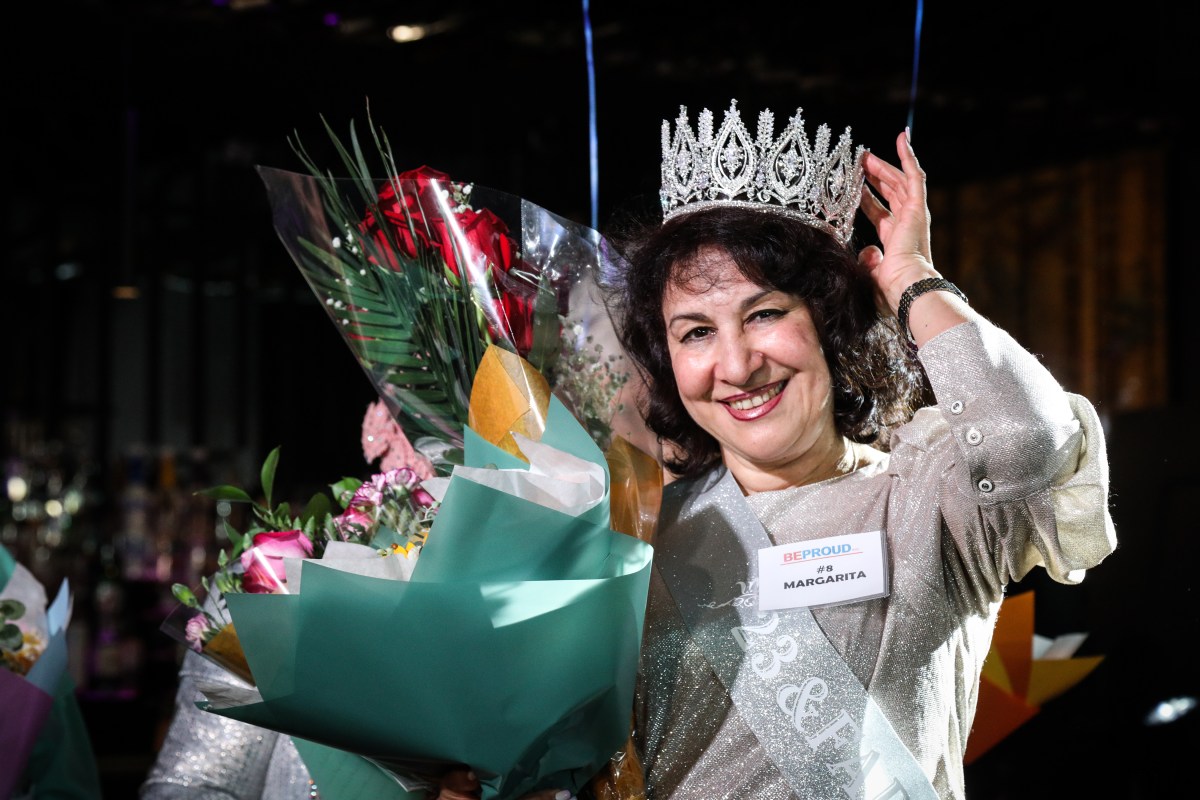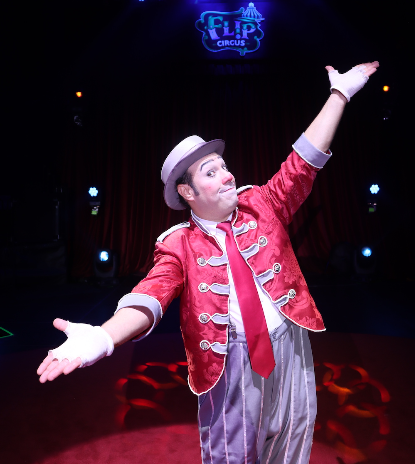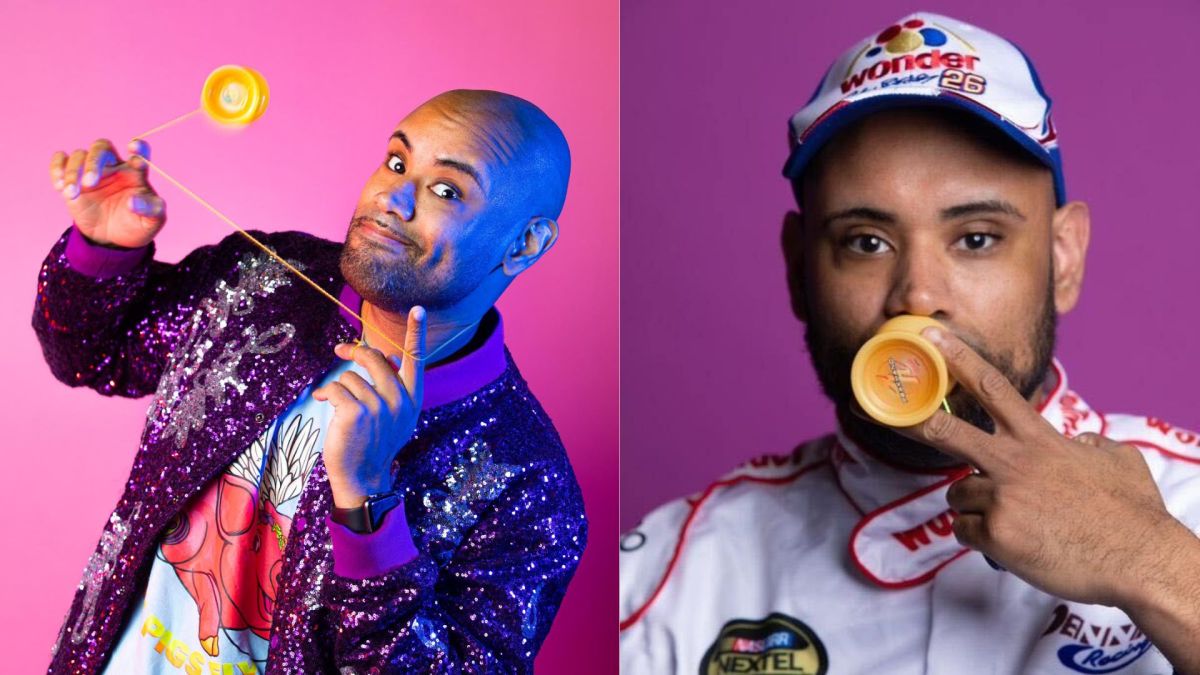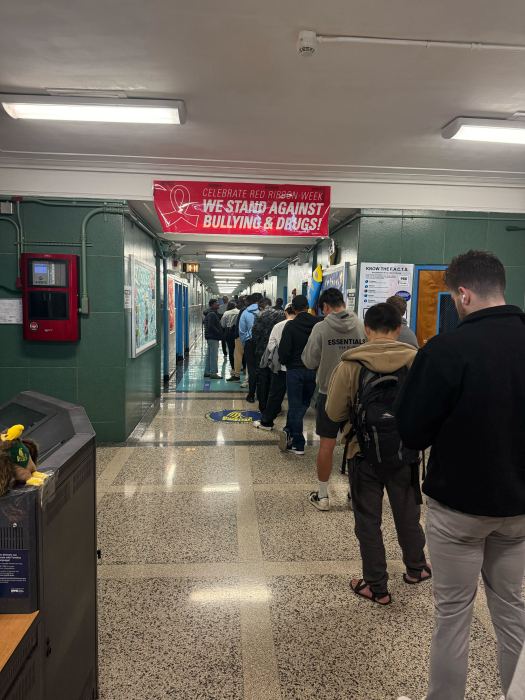At this shop, the history of Harlem is told through chocolate.
The artisan chocolate shop Harlem Chocolate Factory sells sweets with names such as Bodega Dreams and Mangoes del Barrio that pay homage to the neighborhood.
Jessica Spaulding founded the company in 2014. She helped get it off the ground by winning the NYPL’s StartUP! Business Plan Competition and getting a loan through the Brewing the American Dream program.
Previously based out of Hot Bread Kitchen’s East Harlem incubator, in February Spaulding opened her own store at 2363 Adam Clayton Powell Jr. Blvd., in Harlem’s Striver’s Row.
So far she’s faced only one challenge: demand.
“We sell out of everything,” Spaulding says. “There’s not a single thing that we’ve made that hasn’t sold out.”
amNewYork caught up with Spaulding, 31.
How was it growing up in Harlem?
It was like growing up in a small town of a big city. It’s not like when you go downtown and everybody has their own thing that they got going on. This is like everybody’s speaking to you, everybody’s saying hello to you, everybody is smiling. Here, people look out for you. If I had to go home by myself, I wasn’t alone; there’s six people that saw me, made sure I got home after I left school, people that gave me something to eat not because I was starving but because I was a child from the neighborhood. They would think I am going home and my mother’s probably working so I must have not eaten anything.
How did you get the idea of starting your own chocolate factory?
I was on the bus in Brooklyn and I worked around the corner of a chocolate company, Mast Brothers, and I used to get off the bus right in front of their shop and I was just walking by it and going to work every day like, “Man, they did it!” You know what I am saying? Like, they did it so it can’t be that difficult. Then, I was in the public library one day with my kids and there was a sign for a business plan competition and I was like you, if I have a business plan then that will let me know whether or not it is viable.
So what happened?
But the question was what am I going to represent? All these other people represent places, and then I am like I can only represent the one thing I have known all my life: Harlem. I decided to represent Harlem in chocolate and find a way to connect our stories and the cultures.
How do you tell stories through chocolate?
What I came up with first is the Champagne on Striver’s Row bar. Striver’s Row is where everyone who was somebody lived. [The bar] has black currant and popping candy flavor and dark chocolate. It represents something like a glass of Champagne because of how it was like with the affluent parties that happened here. The bar that is closest to where I am from is the Mangoes del Barrio bar, which is a bar for Spanish Harlem. So that bar is for the mango lady on the corner and is mango, chili and has milk chocolate.
Where do you get your ingredients?
What we actually try to do is source as locally as possible. Our milk and cream are both from upstate New York and our butter we get from the New England area and not much further. The goal is to have completely a New York State chocolate because New York has some of the most diverse agriculture that people really take for granted. That’s the freshness that people taste; it’s the thing that they are loving because people otherwise are eating stuff that was made a year ago and put somewhere to store.
What do your kids think about their mom making chocolate? Don’t they just love it?
My son is 7 and my daughter is 4. But my son is now a self-proclaimed dishwasher. It’s like a family affair, you know, all hands on deck. My daughter likes to be in the front with people and checking people out and giving them their change and passing them their bag. When they want to have a little bit of fun, you know, they come in. But it’s also a way to show them what entrepreneurship means because for this area that’s another thing that cannot go unspoken.
How so?
The levels of poverty and the lack of access leaves entrepreneurship out of the conversation for a lot of children, especially me when I grew up here. I had never been told the word entrepreneurship. I didn’t learn that until I was an adult, and it’s a viable way out for a lot of people who are not just rapping and singing and dancing. A lot of children don’t know that you don’t only have to get a job at these big corporations — you can get a job at a small business that has a little bit more space for you to grow.
What’s separates your brand from all other chocolate brands around the city?
I think it’s Harlem — showing that perspective. It’s a perspective that’s completely missing in chocolate. You know the chocolate companies around the world, it’s so rare to find any black-owned or even person-of-color-owned chocolate companies, and so that makes the industry lack a certain level of innovation when the diversity is so low. That’s the thing that separates us from everyone — our culture.
Tell me about a customer you fondly remember.
There was this older woman who came in with her daughter and she was struggling to walk and she grew up in this neighborhood. She said there was another candy shop around here and she remembers it from her childhood. She was almost 85 and the look of pride that she had on her face will probably stick with me forever because that’s what I was doing this for — to restore a sense of pride for the culture and history that we already have and preserve it and remind people of these memories.
A customer you not-so-fondly remember?
We tried to do a sale to introduce our cookies. We had a sign outside that said “2 for 1” and this guy came in and he said, “Alright, I want the two cookies for a dollar!” and we were like no it’s two for the price of one, and it was hilarious because he was so angry and all the customers in here were laughing.
What’s the best part about working at a chocolate factory?
It’s the broken items! That’s the best thing. If it breaks or if it is not up to standards, then you know it has to go somewhere and we can’t put it in the trash so [points to her stomach and laughs].



